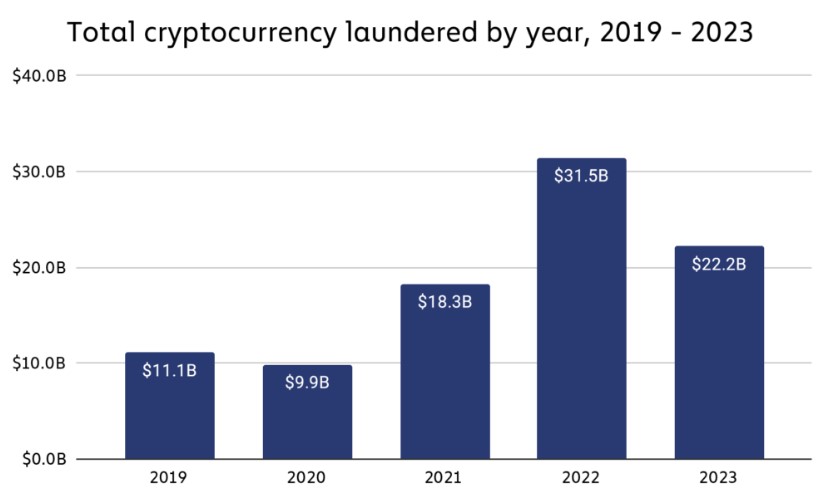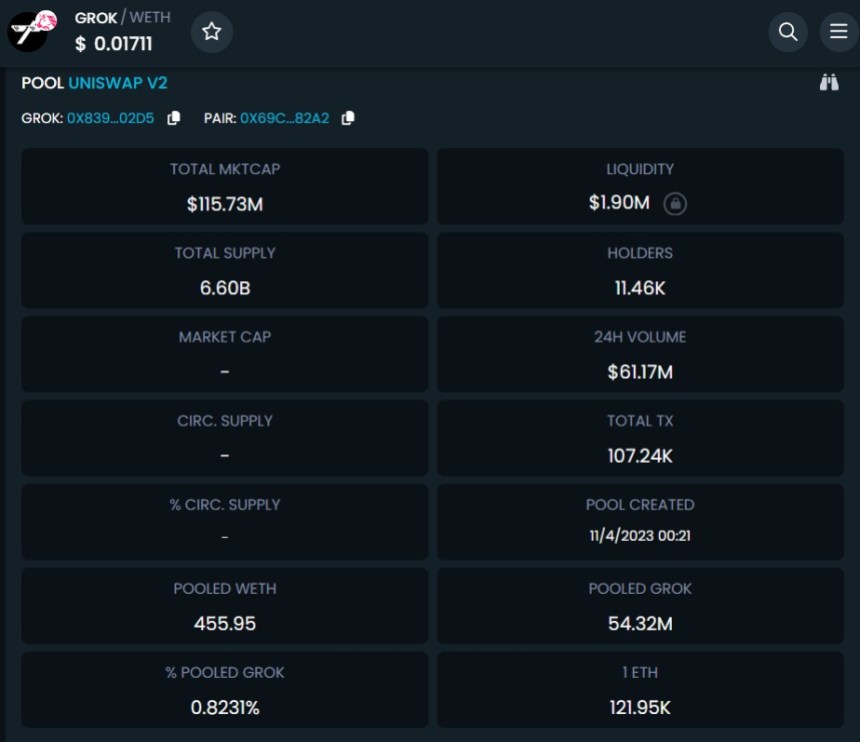A week ago, a crypto whale fell victim to a scam that resulted in the loss of over $71 million. In the following days, the scammer moved the funds to veil them. But in a shocking turn of events, they returned the funds to the victim.
Address Poisoning Scam Snatches $71 Million
On May 3, whale 0x1E22…8FD5 lost 1,155 Wrapped Bitcoin (WBTC), worth around $71.31 million, after falling victim to an address poisoning scam. This scam, also known as address spoofing, consists of trying to trick users into sending funds to fraudulent lookalike accounts.
#PeckShieldAlert #Phishing A whale 0x1E22…8FD5 lost ~1,155 $WBTC (worth ~$71 million) after falling victim to address poisoning.The phisher has swapped the stolen $WBTC for ~23K $ETH & transferred them out pic.twitter.com/dr7eTYQkAX
— PeckShieldAlert (@PeckShieldAlert) May 3, 2024
The “vanity addresses” are custom-made with specific characters that look like the intended recipient’s address. Scammers send transactions of no value, hoping the similarity between the addresses will fool the user under attack.
If successful, victims copy the fraudulent address from the previous transactions and accidentally send their assets to the scammers instead.
PeckShieldAlert reported that the phisher immediately swapped the stolen WBTC for 23,000 Ether (ETH) before transferring them to a different address. Throughout the following days, the scammer laundered the funds. Sending them to ten different addresses before distributing the tokens through over 100 other addresses.
This development painted a looming picture for the crypto whale. At this point, the funds appeared to be unrecoverable. One user called the massive number of transfers a “crypto musical chairs” game.
Others justified the scammer, claiming he had not stolen the funds, as “he just received them.” This stance disregards the transaction’s nature. The transfer occurs under the belief that funds are safely being transferred to the intended account and not a lookalike.
Moreover, the lookalike address is in the victim’s transaction history, clearly intended to deceive the user into receiving funds not meant for them.
Change Of Heart Or Scared Of The Crypto Community?
In a shocking turn of events, the scammer sent 51 ETH, worth around $153,000, back to the victim on Thursday. Alongside the funds, the phisher sent a message asking to contact the whale, seemingly looking to negotiate.
The reasons behind the sudden change of heart remain a mystery to the community. Many are jokingly theorizing why the scammer returned the funds. One X user playfully suggested that the phisher feared being investigated by crypto sleuth ZachXBT.
Others claimed that “even the scammer doesn’t want ETH,” referencing the criticism the second-largest cryptocurrency has faced after its performance during this cycle.
In the early hours of Friday, PeckShieldAlert revealed that 2,683.7 ETH, worth about $8 million, had already been transferred to the whale from nearly 50 different addresses. A couple of hours later, an update showcased that around 50% of the total funds had been returned, accounting for 11,446.87 ETH, or $34.7 million.
Retrieving all the assets might take time due to the large number of addresses holding the funds. At the time of writing, over $45 million worth of ETH has already been returned, and the transactions continue.





